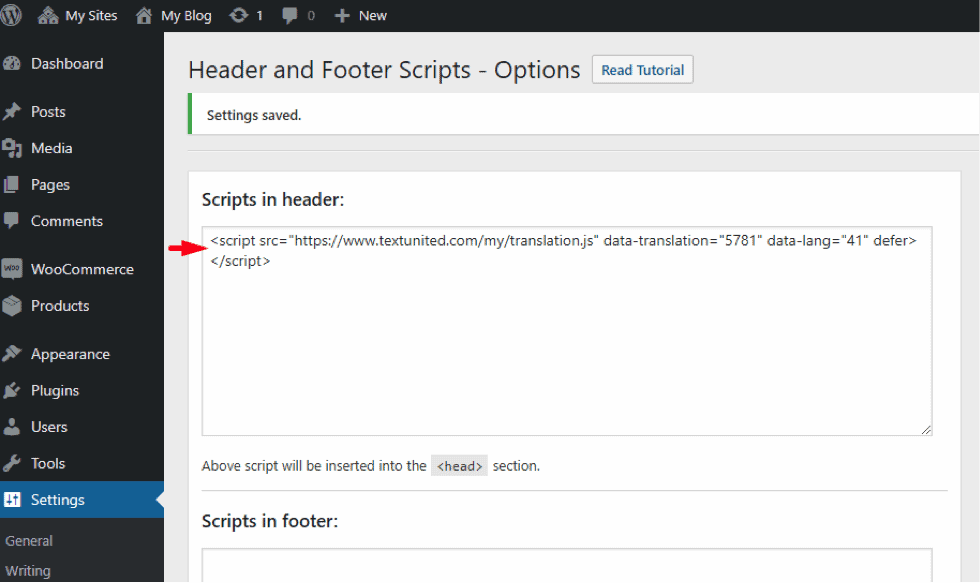


- Easy translator coding rootkit software#
- Easy translator coding rootkit code#
- Easy translator coding rootkit series#
Polymorphism attempts to vary the superficial appearance of a block of code while maintaining functional equivalence. Virus writers reacted to file system signature scanners by developing polymorphic and metamorphic techniques. The problem of hiding code and/or changes in memory is reminiscent of the problem early virus writers faced when attempting to hide their code on the file system. Practically speaking, this confines our discussion to memory-based rootkits. In this article, we will be addressing the first two issues and ignoring the third. Persistent rootkits must furthermore deal with hiding their code on a long tem storage medium and concealing a permanent hook in the system boot sequence. Without these capabilities, even the most sophisticated public kernel rootkits are "sitting ducks" for primitive in-memory signature detection scans - the same type of scans anti-virus products have been using for the past 20 years. Second, they must be able to conceal their memory-based modifications (i.e., hooks) in operating system components. First, they must be able to conceal the presence of their own executable code. Thus, these rootkits must address two primary issues if they are to remain undetected. Although these rootkits are experts at controlling the execution path, for the most part they have not demonstrated an ability to control the view of memory that is seen by other applications. Nevertheless, even the most sophisticated kernel rootkits like FU have an inherent flaw. These techniques range from various hooking tricks to direct kernel object manipulation (DKOM). Rootkit writers have developed a number of clever techniques for hiding their rootkit's presence on a system. In practice, the potential for losing the rootkit infection may be counter-balanced by an attacker's need for untraceability. While it may seem that an inability to survive a reboot would undermine the usefulness of these rootkits, server systems frequently remain online for days, weeks, or months at a time. This makes them stealthier than their "persistent" brethren and confers anti-forensic advantages.
Easy translator coding rootkit software#
Their code exists only in volatile memory and they may be installed covertly via a software exploit. Unlike persistent rootkits, in-memory rootkits make no effort to permanently store their code on disk or hook into the boot sequence. Second, they must place a hook in the system boot sequence so that they can be loaded from disk into memory and begin execution. First, they must have some means of permanently storing their code on the victim system (such as on the hard disk). In order to survive a reboot, two conditions must be met. Persistent rootkits are capable of surviving a system reboot whereas memory-based rootkits are not. The primary difference between these two types of rootkits lies in their "persistence" on an infected machine after a reboot. Generally speaking, there are two types of rootkits: persistent rootkits and memory-based rootkits. 1.1 Persistent versus memory-based rootkits Although we focus upon rootkits, the underlying implications are alarming because the technology can be applied to all forms of malicious code, ranging from worms to spyware. These methods make it possible for an attacker to hide both known and unknown malicious code from a security scanner by controlling its memory reads at the hardware level. The methods described in this article were presented in our proof of concept rootkit named Shadow Walker at Black Hat 2005.
Easy translator coding rootkit series#
Then the third and final article in this series will discuss various methods of rootkit detection and countermeasures that can be used by security professionals. In this article, we take it a step further and focus upon upcoming, cutting edge trends in rootkit technologies. In our previous article, we discussed current rootkit development techniques.


 0 kommentar(er)
0 kommentar(er)
